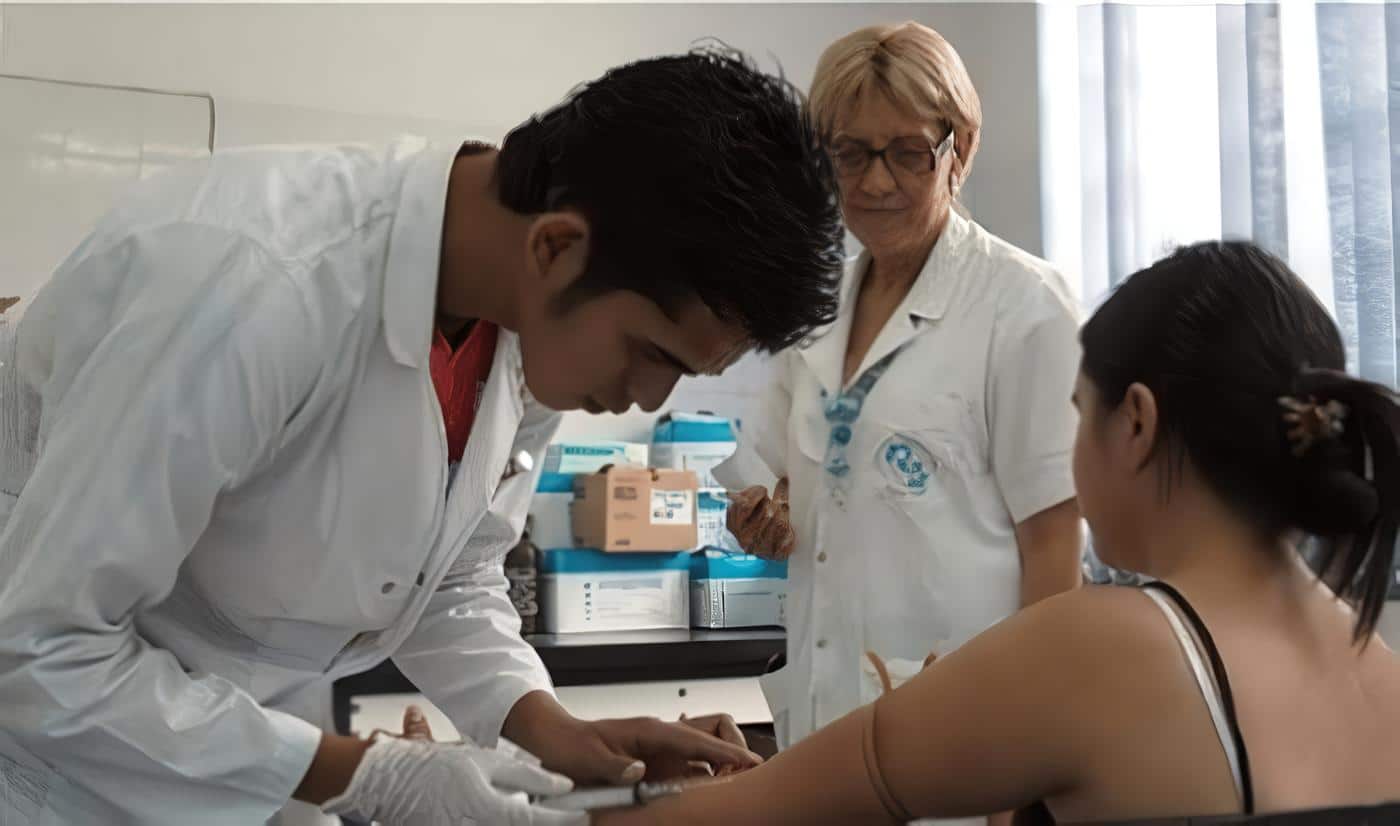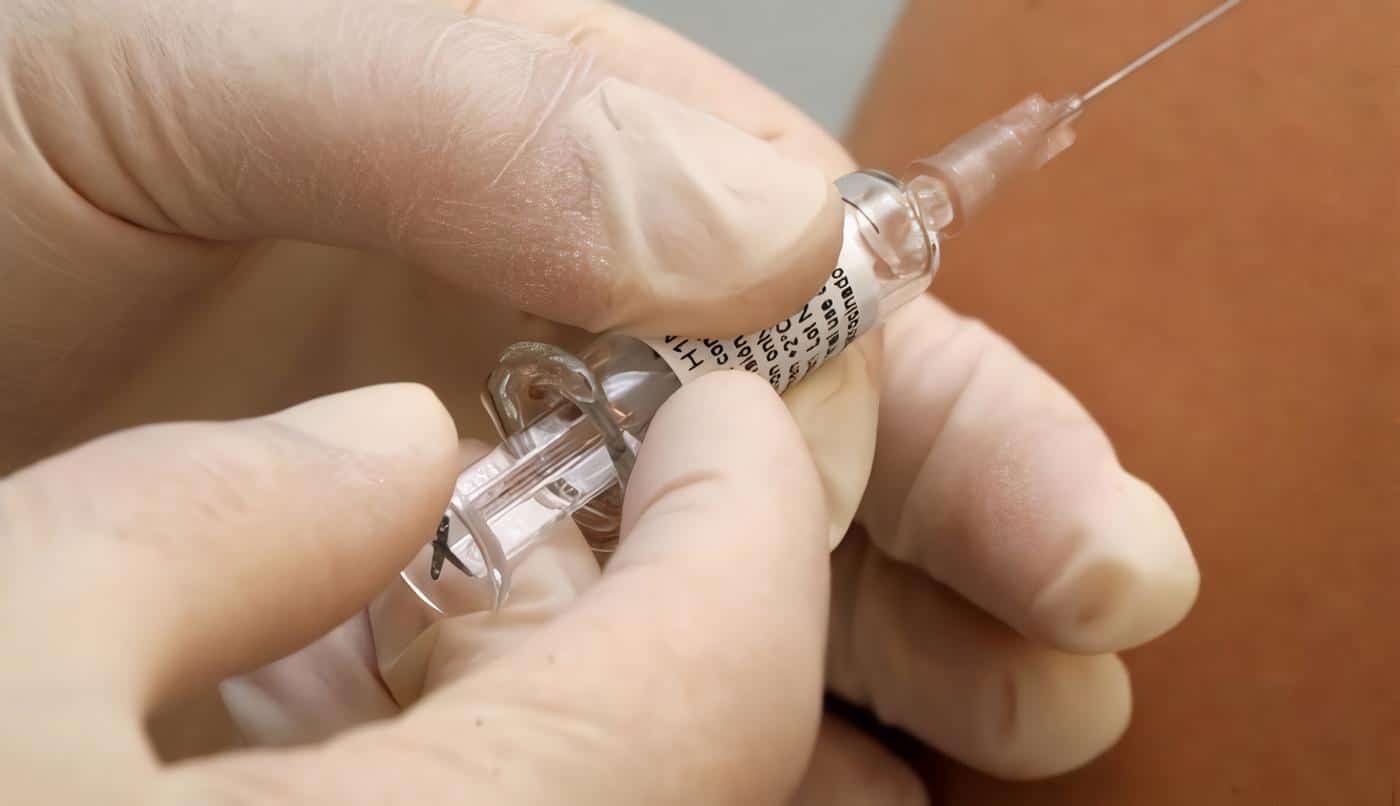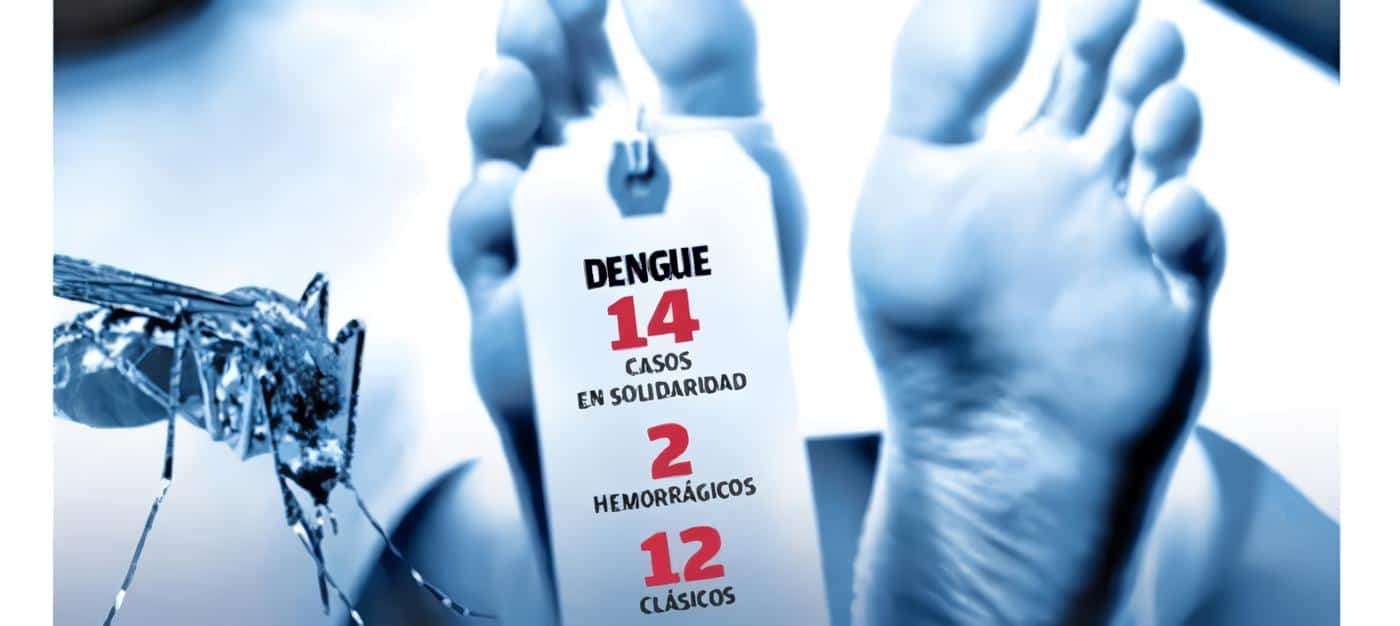1. Kish MA. Guide to Development of Practice Guidelines. Clinical Infectious Diseases 2001; 32: 851 – 4.
2. Guzman MG, Kouri G. Dengue: an update. The Lancet Infectious Diseases, vol 2 January 2002; 33-42.
3. WHO. who report on global surveillance of epidemic-prone infectious diseases. Geneva 2000.
4. Gubler D, Clark G. Dengue/dengue hemorrhagic fever: the emergence of a global health problem. Emerging Infectious Diseases 1995; 1: 55-7.
5. World Health Organization. Fifty-fifth World Health Assembly. Dengue Bulletin, 2002; 26: 218-20.
6. Ministerio de la Proteccion Social. Direccion General de Salud Publica. Instituto Nacional de Salud. Subdireccion de vigilancia y control en salud publica. SIVIGILA. Boletin epidemiologico semanal. Semana Eepidemiologica No. 02. Comportamiento por regiones del dengue en el 2001. enero 2002.
7. Gubler D. The emergence of epidemic dengue fever and dengue hemorrhagic fever in the Americas: A case of failed public health policy. Rev Panam Salud Publica/Pan Am J Public Health 17(4), 2005; 221-2.
8. Departamento Nacional de Planeacion. Hacia una Colombia equitativa e incluyente. Informe de Colombia sobre los objetivos del milenio 2005. Fuente: Ministerio de la Proteccion Social, Instituto Nacional de Salud, Morbilidad dengue 1990-2001.
9. Ministerio de la Proteccion Social. Direccion General de Salud Publica. Instituto Nacional de Salud. Subdireccion de vigilancia y control en salud publica. Informe de Enfermedades transmitidas por vectores (ETV), 2004. 2005: 10 (3): 33-44.
10. Pinheiro FP, Corber SJ. Global situation of dengue and dengue he morrhagic fever, and its emergence in the Americas, World Health Stat Q. 1997: 50; 161.
11. Ministerio de la Proteccion Social. Direccion General de Salud Publica. Instituto Nacional de Salud. Subdireccion de vigilancia y control en salud publica. Comportamiento de la notificación, 2005: 8 (1): 1-11.
12. Ministerio de la Proteccion Social. Direccion General de Salud Publica. Instituto Nacional de Salud. Subdireccion de vigilancia y control en salud publica. SIVIGILA. Boletín Epidemiológico Semanal. Semana epidemiologica No. 08. Situación epidemiológica de las enfermedades transmitidas por Vectores 2003-2004. 2004. Febrero
13. Guzman M, Alvarez M, Rodriguez R, et al. Fatal dengue hemorrhagic fever in Cuba, 1997. International Journal of Infectious Diseases 1999; 3: 130-5.
14. Gonzalez G, Mendez A. Dengue: espectro clínico. Tribuna Medica, 1999; 99 (5): 203-18.
15. Kautner I, Robinson M, Kuhnle U. Dengue virus infection: epidemiology, pathogenesis, clinical presentation, diagnosis, and prevention. J Pediatr 1997, 131(4): 416-24.
16. Gubler D, Kuno G, Waterman S. Neurologic disorders associated with dengue infection. Proceedings of the international conference on dengue/dengue hemorrhagic fever. Kuala Lumpur, Malaysia 1983; 290-306.
17. Lum L, Lam S, Choy S, et al. Dengue encephalitis: a true entity? American J Trop Med Hyg, 1996; 54: 256-9.
18. Pancharoen C, Thisyakorn U. Neurological manifestation in dengue patients. Southeast Asian J Trop Med Pub Health 2001, 32(2): 341-5.
19. Kuno G, Gomez I, Gubler D. An ELISA procedure for the diagnosis of dengue infections. Journal of Virology Methods 1991; 33; 101-13.
20. Farmer P. Social inequalities and emerging infectious diseases. Emerging Infectious Diseases, Vol 2, No 1. 1996; 259-69.
21. United Nations. The United Nations World Water Development Report 2003. Water for life.
22. Fajardo P, Monje CA, Lozano G. Nociones populares sobre “dengue” y “rompehuesos”, dos modelos de la enfermedad en Colombia. Rev Panam Salud Publica/Pan Am J Public Health 10 (3), 2.001.
23. Pan American Health Organization. Dengue and Dengue Hemorrhagic Fever in the Americas: Guidelines for prevention and control. Washington 1.994.
24. Nam V, Yen N, Kay B, et al. Eradication of Aedes aegypti from a village in Vietnam using copepods and community participation. A m J Trop Med Hyg 1998; 59: 657-60.
25. Leontsini E, Gil E, Kendall C, Clark GG. Effect of a community-based Aedes aegypti control programme on mosquito larval production sites in El Progreso, Honduras. Transactions of the Royal Society of Tropical Medicine and Hygiene. 1993; 87 (3): 267-71
26. Organizacion Panamericana de la Salud. Definiciones de casos. Dengue. Boletin Epidemiologico 2000; 21: 14-5.
27. Martines RA, Diaz, FA, Villar LA. Evaluación de la definición clínica de dengue sugerida por la Organización Mundial de la Salud. Biomedica 2005; 25: 412-6.
28. Informe de reunion OMS-OPS-CDC San Juan de Puerto Rico 9-11 julio 2002
29. Malavige GN, Fernando D, Seneviratne SJ. Dengue viral infections. Postgrad. Med. J. 2004; 80; 588-601
30. Pei-Yun Shu and Jyh-Hsiung Huang. Current Advances in Dengue Diagnosis. Clinical And Diagnostic Laboratory Immunology, July 2004: 642–650.
31. Kuno G, Gomez I, Gubler D. An ELISA procedure for the diagnosis of dengue infections. J Virol Methods 1991; 33: 101-13.
32. Chakravarti A, Gur R, Berry N, et al. Evaluation of three commercially available kits for serological diagnosis of dengue hemorrhagic fever. Diagnostic Microbiol Infect Dis 2000; 36: 273-4.
33. Ngo NT, Cao XT, Kneen R, et al. Acute management of dengue shock syndrome: a randomized double-blind comparison of 4 intravenous fluid regimens in the first hour. Clin Infect Dis 2001; 32: 204–213.
34. Bravo M. A. Cuadros B. Claudia, Vesga G. G. Centeno V. L. Sepulveda C. J y col. Protocolo para la atención del dengue y dengue hemorrágico en el municipio de Bucaramanga.
35. Alejandria M. Dengue Fever. En: Clinical Evidence. BMJ Publishing Group Ltd 2005
36. Wilder Smith A, Schwarts E. Dengue in travelers. N Engl J Med 2005; 353: 924-32. 37. Bridget A. Wills, MRCP, Nguyen M. Dung.et al. Comparison of three fluid solutions for resuscitacion in dengue shock syndrome. NEJM. 2005; 353: 877-89
38. Dung NM, Day NP, Tam DT, et al. Fluid replacement in dengue shock syndrome: a randomized, double-blind comparison of four intravenous-fluid regimens. Clin Infect Dis 1999; 29: 787-94.
39. WHO. Management of dengue fever: treatment.https://www.who.int/csr/resources/ publications/dengue/en/024-33. pdf.
40. Carcillo J. A; Clinical practice parameters for hemodinamic support of pediatric and neonatal patients in septic shock Critical Care Medicine 2002; 30:6
41. Tassniyom S, Vasanawathana S, Chirawatkul A, et al. Failure of high-dose methylprednisolone in established dengue shock syndrome: a placebo-controlled, double-blind study. Pediatrics 1993; 92: 111–115.
42. Sumarmo, Talogo W, Asrin A, et al. Failure of hydrocortisone to affect outcome in dengue shock syndrome. Pediatrics 1982; 69: 45–49.
43. Min M, Tin U, Aye M, et al. Hydrocortisone in the management of dengue shock syndrome. Southeast Asian J Trop Med Public Health 1975; 6: 573–579.
44. Panpanich R, Sornchai P, Kanjanaratanakorn K. Corticosteroids for treating dengue shock syndrome (protocol for a Cochrane Review). In: The Cochrane Library, Issue 4, 2004. Chichester, UK: John Wiley & Sons, Ltd.
45. Ministerio de Salud. Resolucion 00412 de Febrero de 2000. Guía de Atención del dengue.
46. ASCOFAME – ISS. Guias de practica clinica basadas en la evidencia. Dengue y Fiebre Amarilla. 1998.
47. WHO (1997) Dengue Haemorrhagic Fever: Diagnosis, Treatment, Prevention and Control, 2nd edn. World Health Organization, Geneva.
48. Cao XT, Ngo TN, Wills B, Kneen R. Evaluation of the World Health Organization standard tourniquet test and a modified tourniquet test in the diagnosis of dengue infection in Viet Nam. Trop Med Int Health. 2002 Feb;7 (2): 125-32.
Publicidad






